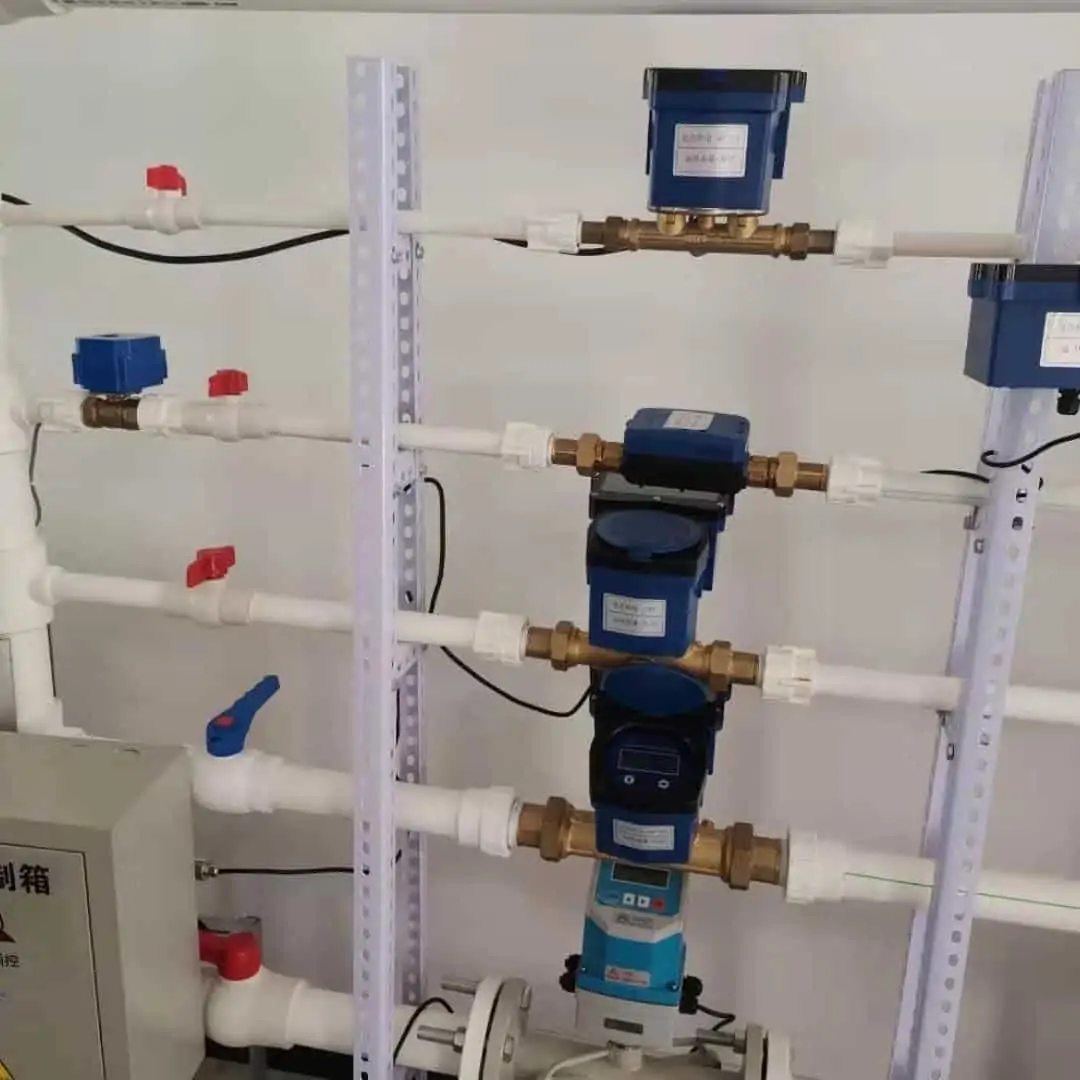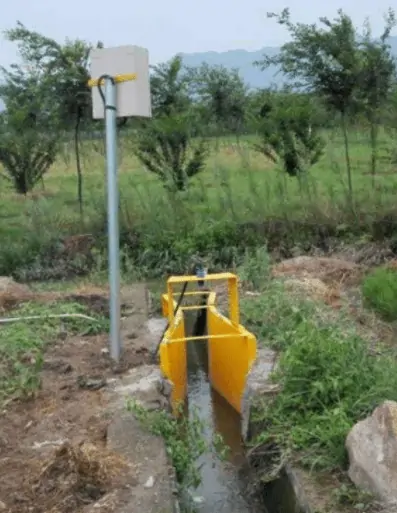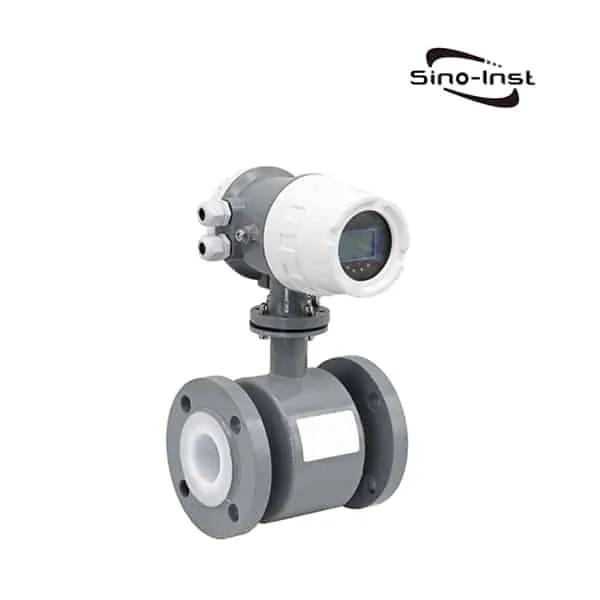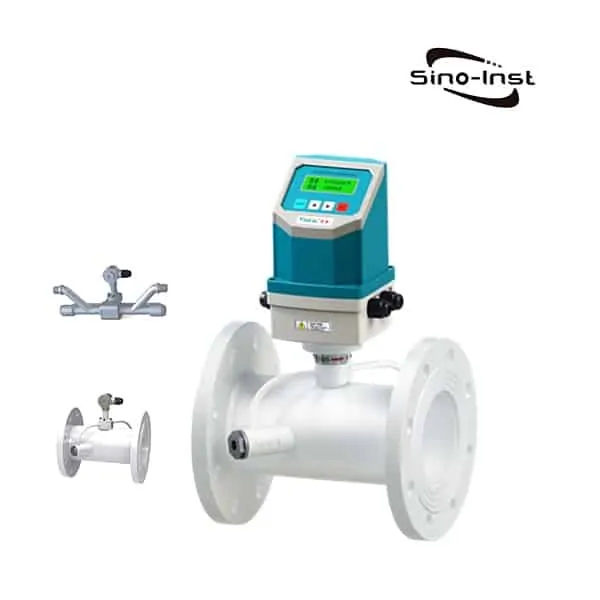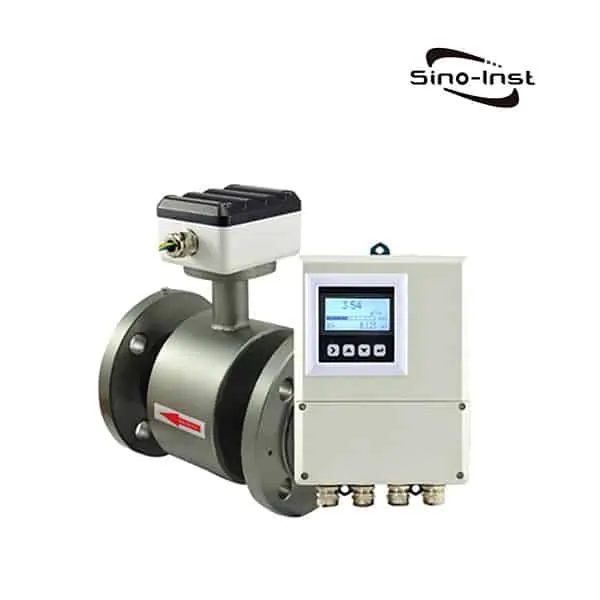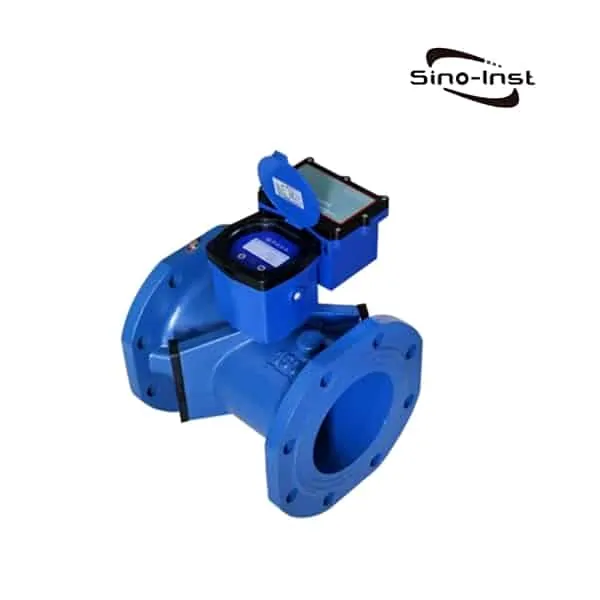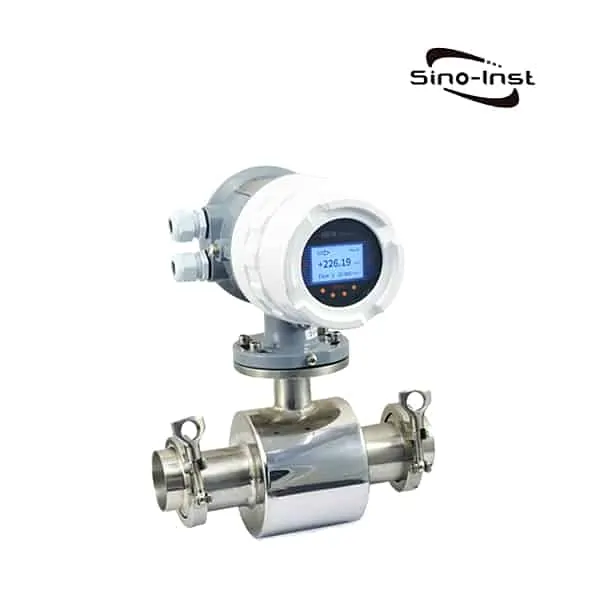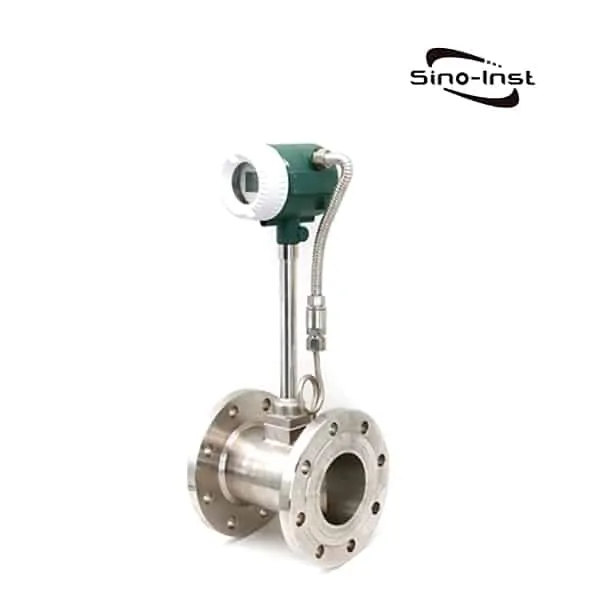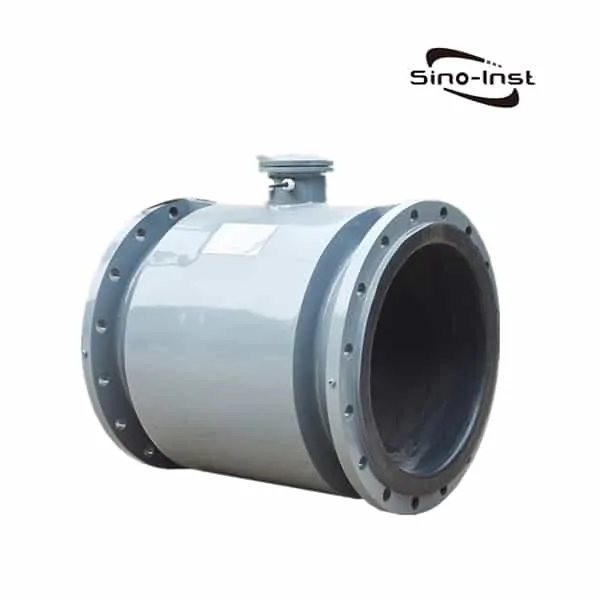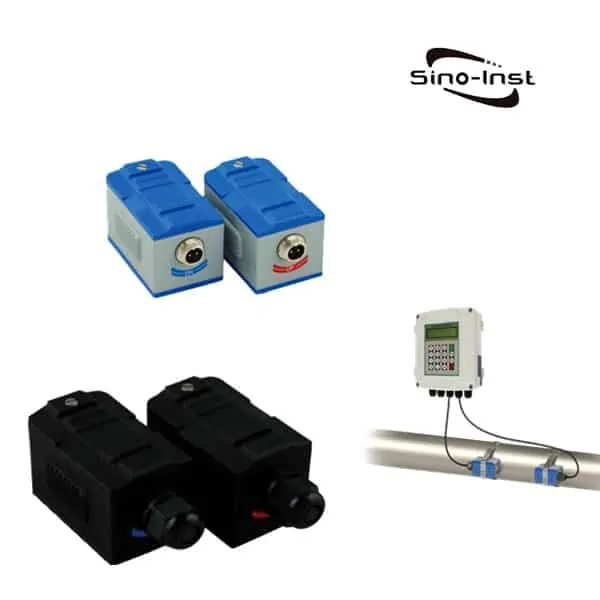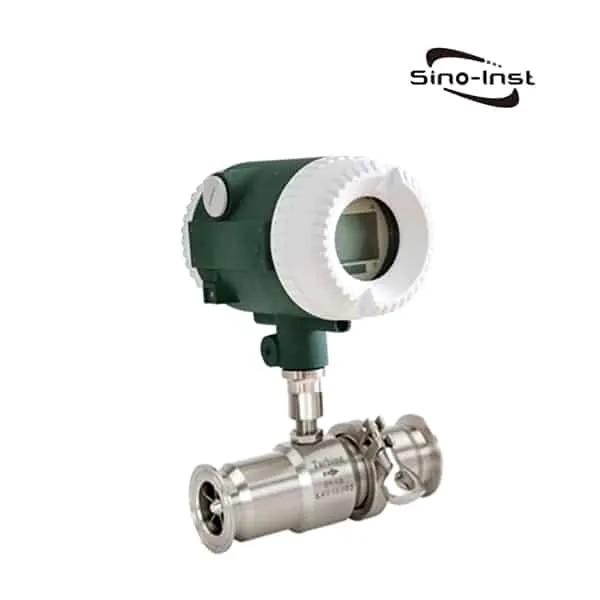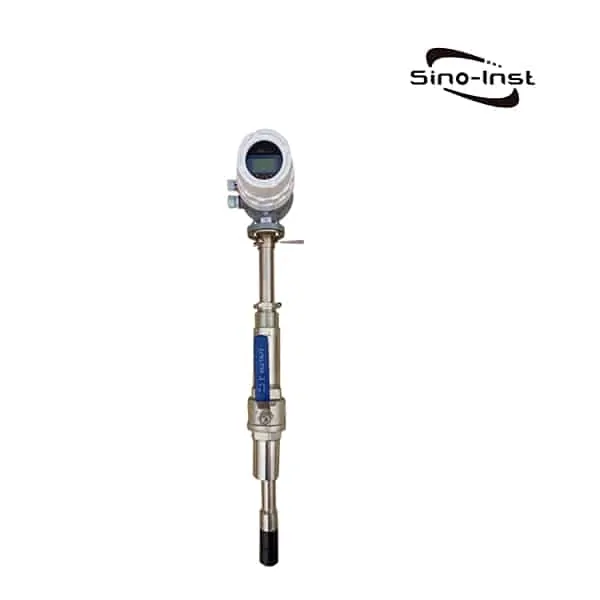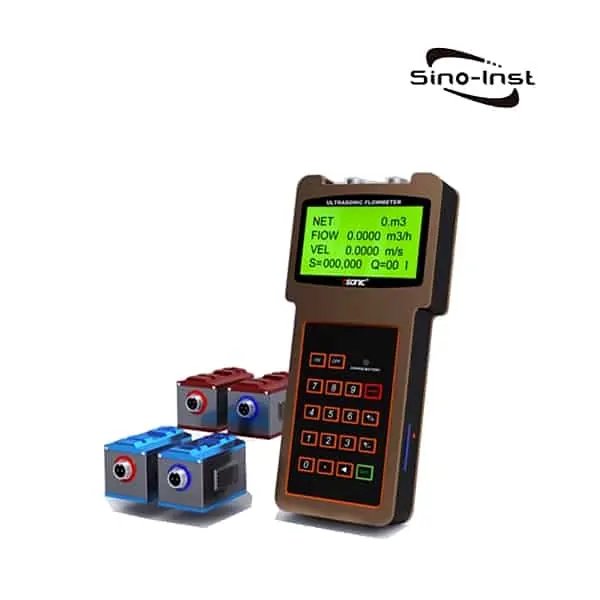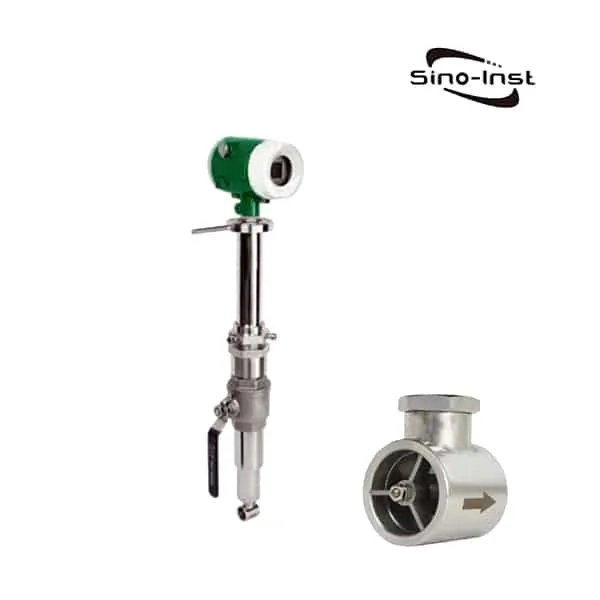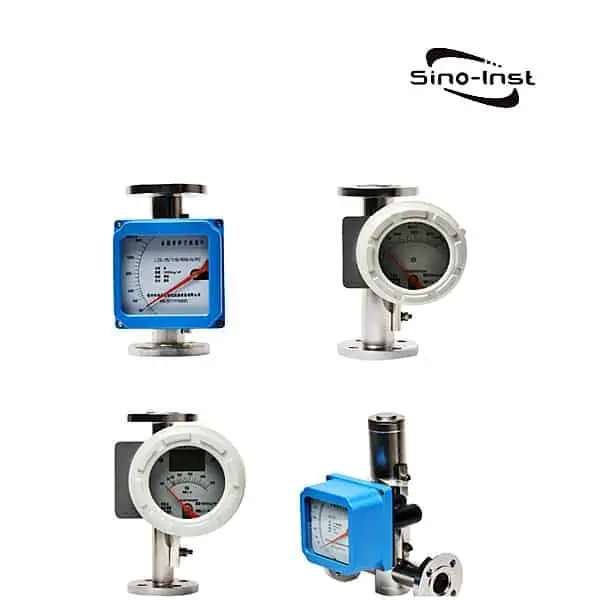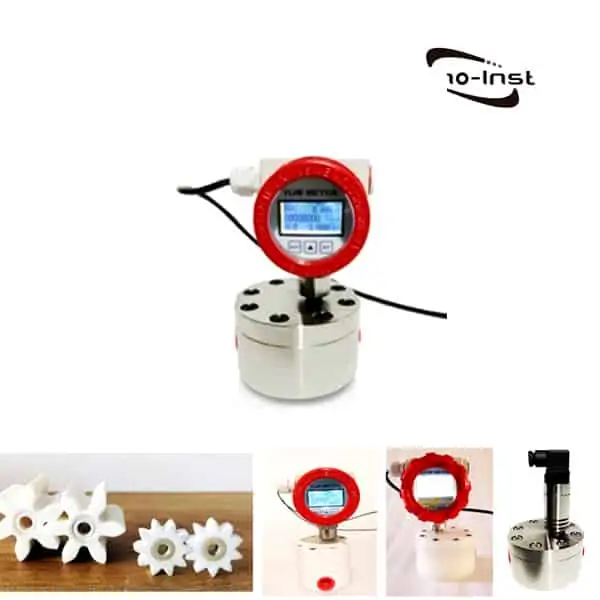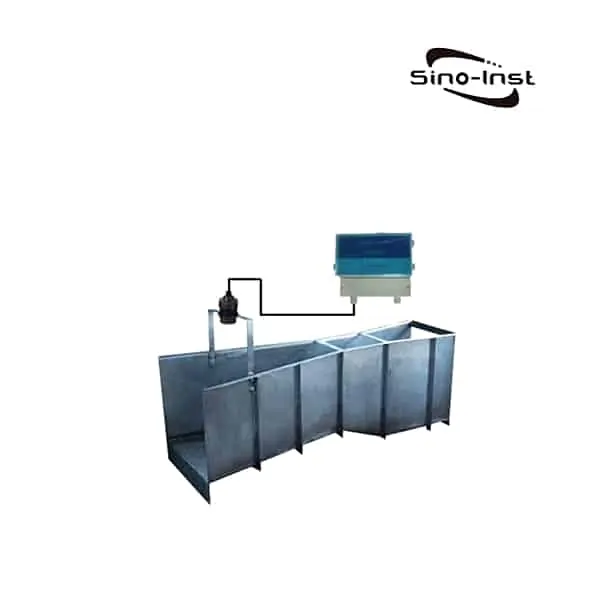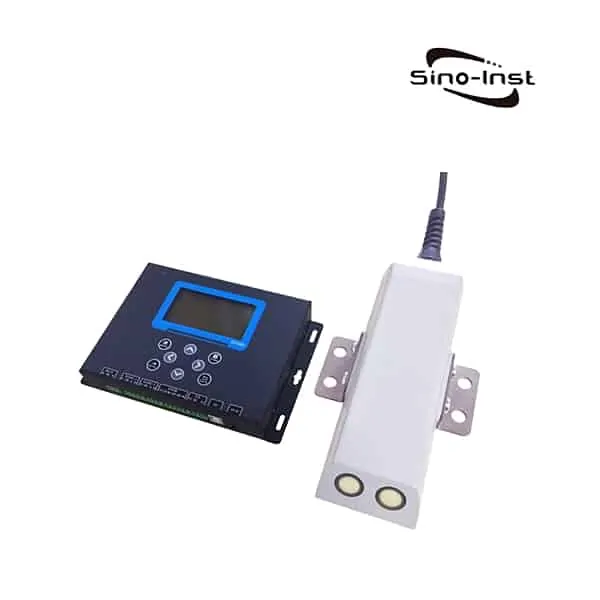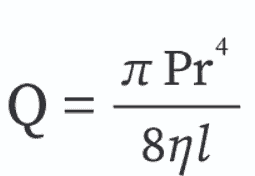Water flow measurement is common in both industry and life. You may often hear about the use of electromagnetic flowmeters to measure wastewater. The clamp-on ultrasonic flowmeter measures large water pipes. The establishment of a new irrigation system requires monitoring of water flow. Even rivers and open channels need water flow detection. Use various water flow meters to detect flow and output 4-20mA or RS485 digital signals. Helps us effectively monitor and manage water flow.
Next, we will boldly analyze and sort out the method of Water flow measurement.
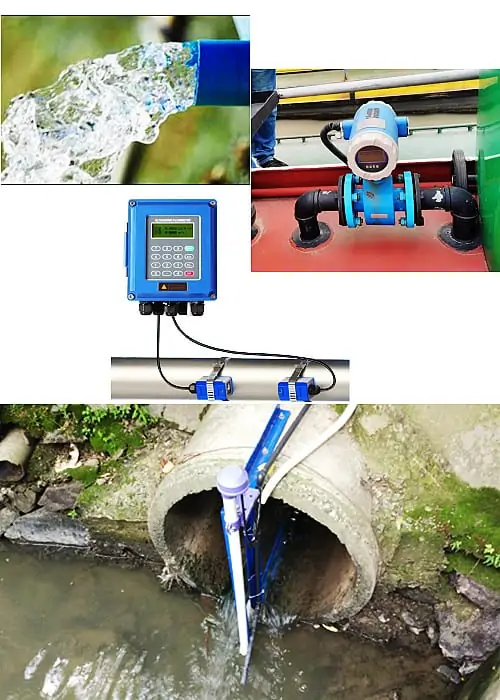
Water Flow Measurement
Water Flow Measurement can be simply divided into the following two situations: closed pipes and open channels.
Among them, pipeline water flow measurement is divided into full pipe and non-full pipe measurement. Open channel water flow measurement can be divided into regular channels and irregular rivers.
Extended reading: non contact flow meter
Water Flow Measurement Methods
With the development of science and technology and production, many places need to measure the flow of different liquids under different conditions. For this reason, after research, a variety of flow meters have been developed. These methods can be summarized as:
- Container method. Including weight method, volume method.
- Throttling method. Including orifice plate, nozzle, venturi tube, venturi nozzle, etc.
- Weir flow method. Including right-angled triangle weir, rectangular weir, full-width weir and other methods.
- Differential pressure method. Including volute differential pressure, elbow differential pressure, runner differential pressure, draft tube differential pressure, etc.
- Flow meter method.
- Tracer method. Including concentration method, integral method, transit time method, etc.
- Water hammer method.
- Ultrasonic method.
- Metering method. Including electromagnetic flowmeter, turbine flowmeter, vortex flowmeter, etc.
- Other methods. Including laser flow measurement technology, Pitot tube method, etc.
Extended reading: Ultrasonic Flow Meters Types & Technical Guide
Types of Water Flow Meter
A water flow meter measures the amount of water flowing through a pipe. We have several kinds to choose from, depending on the application, maintenance needs, and budget.
Extended reading: 2 inch Water Flow Meter
There are four common water flow meter types:
Turbine (also called mechanical), Vortex, Ultrasonic, and Magnetic. We will tell you everything you need to know about them and help you choose one for your application.
Read more about: Hydrostatic Submersible Level Transmitter-Straight Rod Insertion
There are several methods/flow meters that can be used to measure open channels:
Read more about: 5 Types of Flowmeters | 2023 New Guide to Flowmeter Types
Featured Water Flow Measurement Devices
Read more about: How to Measure River Water Level?
Frequently
Asked
Questions
Read more about: Flow Meter Selection Guide
More Liquid and Gas Flow measurement techniques
- Industrial Helium Flow Meters
- 6″ Flow Meters List | 6 Inch- DN150 Connection
- Top Flow Meters for PVC Pipes: Find Your Ideal Match
- Sea Water Flow Measurement – Magnetic vs Ultrasonic Flowmeters
- Crude Oil Flow Meter
- Digital Flow Meter for Argon Gas
- What Is a BTU Meter?
- Guide for Digital Fuel Flow Meter
- Explore Oil and Gas Flow Meters
- Velocity Flow Meters
- Strap on Ultrasonic Flow Meters
- Gear Flow Meter-High Viscosity Fluid-Micro Flow Solution
- Food Grade Flow Meters for Food & Beverage Industry
- Gas Rotameter Tips
- Float Flow Meter Technology
- Solid Flow Meter
- Sludge Flow Meter for Return Activated Sludge
- Solvent flow meters
- Grease Flow Meters
- Irrigation Flow Meters for Agriculture Water System
- Technical Guide – Thermal mass flow meter
- How does a residential water meter work?
- Chilled Water Flow Meter
Sino-Inst offers over 30 water flow meter products for Water Flow Measurement. About 50% of these are differential pressure flow meters. 40% are water meters (like the Insertion Turbine Flow Meter), and 40% are water treatment (like the Annubar flow meter ).
A wide variety of water flow meter for Water Flow Measurement options are available to you, such as free samples, paid samples.
Sino-Inst is a globally recognized supplier and manufacturer of water flow meters, located in China.
The top supplying country is China (Mainland), which supply 100% of the water flow meter respectively.
Sino-Inst sells through a mature distribution network that reaches all 50 states and 30 countries worldwide. Water flow meter products for Water Flow Measurement are most popular in Domestic Market, Southeast Asia, and Mid East.
You can ensure product safety by selecting from certified suppliers, with ISO9001, ISO14001 certification.
Request a Quote

Wu Peng, born in 1980, is a highly respected and accomplished male engineer with extensive experience in the field of automation. With over 20 years of industry experience, Wu has made significant contributions to both academia and engineering projects.
Throughout his career, Wu Peng has participated in numerous national and international engineering projects. Some of his most notable projects include the development of an intelligent control system for oil refineries, the design of a cutting-edge distributed control system for petrochemical plants, and the optimization of control algorithms for natural gas pipelines.

